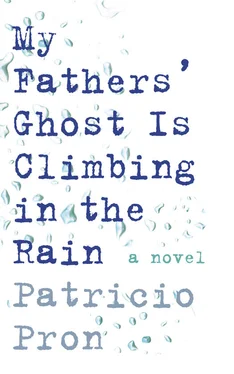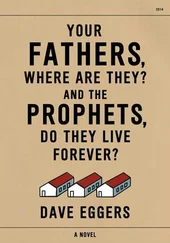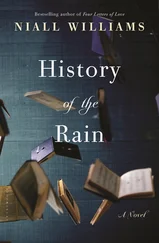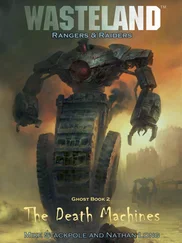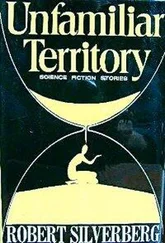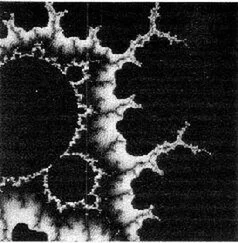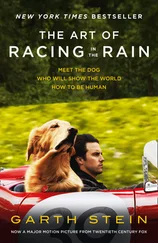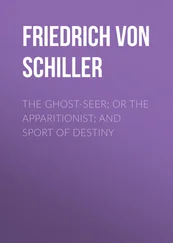I was born in December 1975, which means I was conceived around March of that same year, slightly less than a year after the death of Perón and just a few months after the dissolution of the organization my parents were part of. I like to ask people I meet when they were born; if they are Argentines and were born in December 1975, I think we have something in common, since all of us born in that period are the consolation prizes our parents gave themselves after failing to pull off the revolution. Their failure gave life to us, but we also gave them something: in those years, a child was a good cover, a sign of a conventional life, far from revolutionary activities; a child could be, at a checkpoint or in a raid, the difference between life and death.
A minute. A minute was a lie, a cover story that my father and his coworkers were constantly inventing in case they were arrested; if the minute was good, if it was convincing, maybe they wouldn’t be killed immediately. A good minute, a good story, was simple and brief but included superfluous details because life is full of them. Anyone who told his story from beginning to end was doomed because the ability to speak without hesitation — which is so rare in people — was, to their persecutors, much stronger evidence of the story’s falseness than if it was about aliens or ghosts. In those days, a child was that minute.
Of course, a minute couldn’t be told in a linear way, and I’m assuming my father had that in mind when he told me he would have liked to write a novel but not a straightforward one. I couldn’t have been consistent with what my parents did and thought if I’d told his story that way; the question of how to narrate his story was equivalent to the question of how to remember it and how to remember them, and gave rise to other questions: how to describe what happened to my parents if they themselves hadn’t been able to do so; how to tell a collective experience in an individual way; how to explain what happened to them without its looking like an attempt to turn them into the protagonists of a story that is collective; what place to occupy in that story.
In my parents’ house I found some books on their organization, about which little has been written. In the days that followed, I read them in the hospital while I waited for someone to arrive with news, whether bad or good, and for that news to put an end to this period of uncertainty, this time outside of time that had begun its motionless voyage when my father got sick. In those books I discovered information I had only known in a vague way through what my parents had told me and through my own perception of fear. Here are the notes that flesh out what was written previously.
1. The Romanian Iron Guard was a religious organization on the extreme right of the political spectrum between the world wars and deeply anti-Semitic; its founder was Corneliu Zelea Codreanu (9/13/1899–11/30/1938).
2. Actually, my parents came out of the National Student Front (FEN), which was a Marxist organization and converged with the orthodox Peronism of the Iron Guard in a coalition called the Single Organization for Generational Revitalization (OUTG), created in early 1972.
3. In practice, its leadership continued to be a paranoid Leninist minority.
4. In that sense, its enemies were humanists and Catholics, who are usually the correct enemies in all periods and circumstances.
5. The Resistance was a disjointed and plural movement that emerged spontaneously as an answer to Juan Domingo Perón’s removal from power in June 1955 and his exile, the ban on his political party and the prohibition of the use of the name Perón and his image, as well as Peronist iconography in general. The methods of the Resistance were basically industrial sabotage, strikes and demonstrations; the most intense period of struggle was between the years 1955 and 1959, during which the movement came under the influence of John William Cooke.
6. An alliance between the Iron Guard and the Montoneros was discussed throughout 1971, and its main purpose was to endow the former with firepower and the latter with more influence and members: at its height, the Iron Guard had more than three thousand leaders and fifteen thousand militants and activists; my father was among the first group and my mother among the second, I believe.
7. Former members of the organization remember their main tasks as being agitation and propaganda in underprivileged neighborhoods, also at a school.
8. Apparently, the earliest members fantasized about the possibility of receiving military training in Algeria or Cuba but were dissuaded by Juan Domingo Perón himself.
9. Another difference between the two organizations: the leaders of the Iron Guard didn’t abandon their followers or force them to die in the name of an idea they no longer believed in, as the Montoneros did after ordering a shift underground, leaving its militants unprotected, easy targets for their murderers.
10. On occasion this is also called a “strategic reserve of Peronism.”
11. More specifically, their political project consisted of insinuating themselves into communities of Peronists (or the people , the term my parents preferred) once their political and revolutionary consciousness — which, according to the organization, already existed and therefore did not need to be taught — had been heightened.
12. One might say that its leadership hit a dead end long before, when reflection on the facts became more important than the facts themselves in the framework of the organization. In that sense, its role in Perón’s disastrous arrival at Ezeiza International Airport on June 20, 1973, presaged what would happen to the entire organization: caught between the Peronist right associated with unionism and the left represented by the Montoneros, it had to retreat.
13. The Iron Guard dissolved between July 1974 and March 1976; during that period, its leaders tried to preserve the institutional order but they were pragmatic, perhaps for the last time in their history, and worked under the assumption that there would be an imminent coup d’état, negotiating with the forces behind the coup for the protection of their members. Some remember that during the meeting in which the group was officially disbanded, the leaders asked for everyone’s names and contact information; some even claim that those lists were given to the navy and that was what saved all their lives.
14. The organization’s dissolution was an extraordinary event in the political life of Argentina, or any other country for that matter; it’s difficult to imagine how an organization that, like this one, spent more than a decade — from 1961 to 1973—devoted to amassing power could then renounce that power following the death of its leader.
My memory, which had been interrupted for long years, began to function again as I remembered those facts, but not in a linear way: it regurgitated images and recollections that violently displaced what I was seeing and doing in the moment they took place and kept me from living entirely in the present, which was uncomfortable and sad, but at the same time they were unable to take me entirely back into the past. Of course, there was an unquantifiable percentage of interpretation and perhaps of invention in what I was remembering, but someone once told me that no matter how imaginary the cause, the consequences are always real. The consequences of what I’d experienced were fear and a series of memories gathered over the years, which had remained in my mind in spite of all my attempts to eliminate them. This was a revelation for me, a revelation that took place in the hallway of a hospital in a city and in a country that I had never wanted to return to, while I held my father’s hand in a way I had never wanted to hold it, as I started to learn who my father had been when it was already too late for all of us, but especially for me and for him.
Читать дальше
